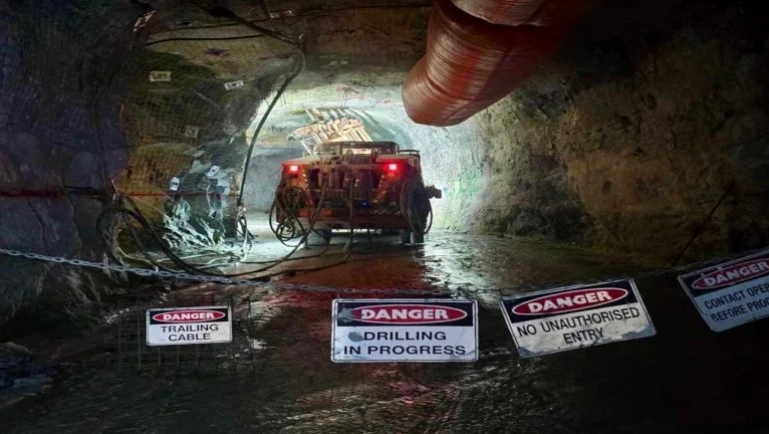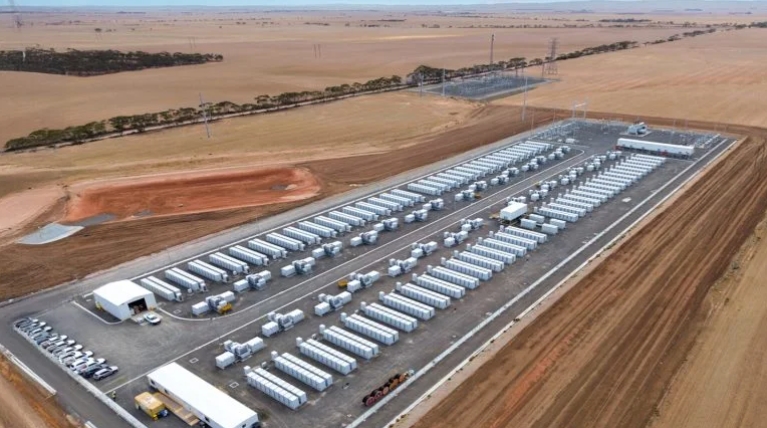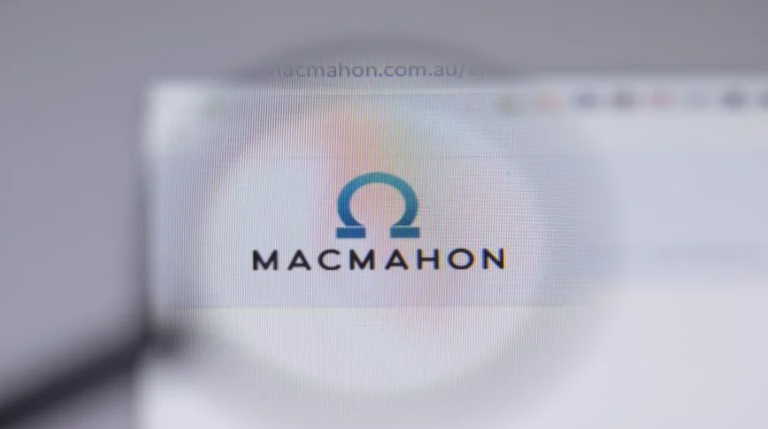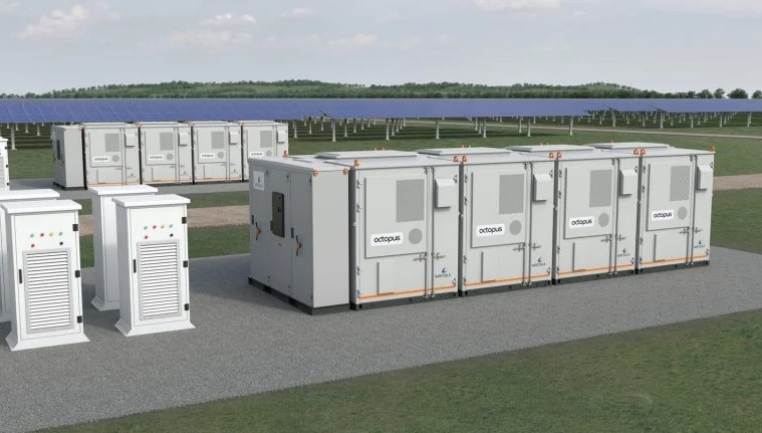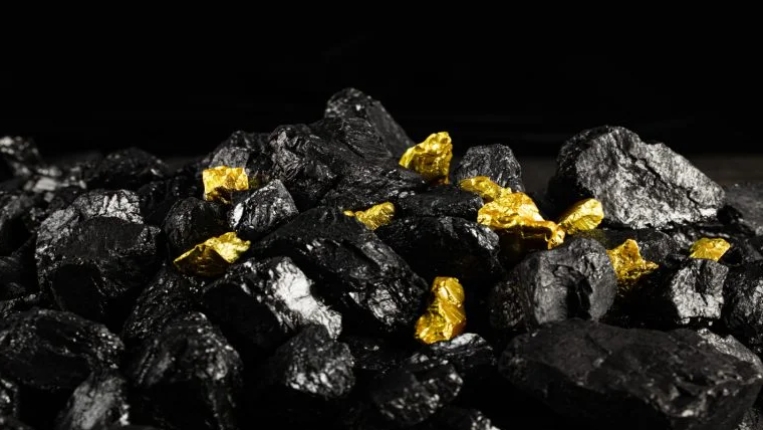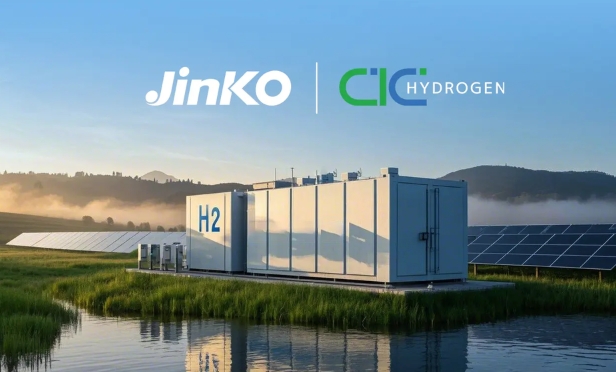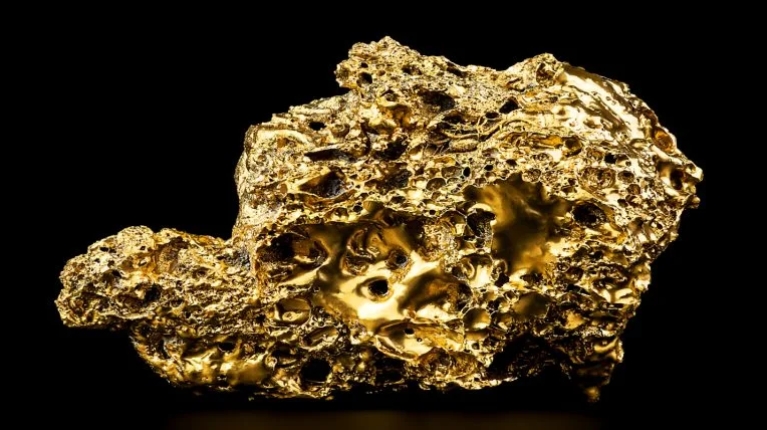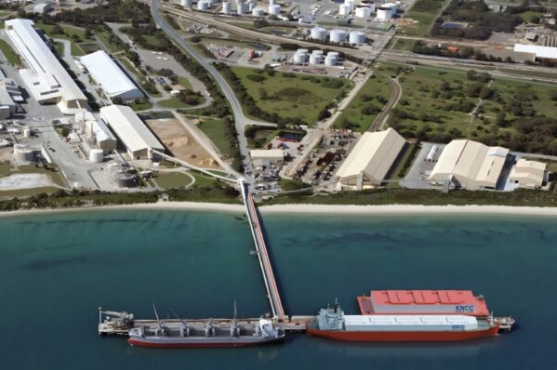New South Wales could become host to one of Australia’s first solar, wind and hydrogen “baseload” power plants, under a multi-billion dollar plan pitched for the state.
The massive proposal, to be dubbed “Project NEO” would see up to 1000MW of combined wind, solar and hydrogen fuel cell generation capacity deployed in New South Wales, delivering continuous power to the state.
The $3.5 billion concept proposed by Infinite Blue Energy would see the delivery of a zero emissions “baseload” supply of electricity to the New South Wales grid and aims to transition a range of energy intensive industries to running on 100 per cent renewables by 2027.
“A traditional weakness with solar and wind energy is the variability associated with a reliance on natural seasonal changes and conditions,” the company said in a statement.
“By converting the solar and wind energy into Green Hydrogen, it is possible to provide electricity when there is no wind, a cloudy day or limited to zero sun exposure at night via its Fuel Cell Technology.”
Infinite Blue Energy is a relative newcomer to the Australian energy scene, but which is being led by a team of executives with a range of experience previously from the oil and gas sector.
Its proposal is one of a number of large scale “mega projects” that will look to store or export electricity on a massive scale.
Last week BP said it was looking at a 1.5GW wind and solar project in W.A. to create renewable hydrogen, Siemens has proposed a bigger 5GW renewable hydrogen project in the same region, and further north the Asia Renewable Energy Hub is contemplating a 15GW wind and solar project, although that focus is also on a sub=sea cable to south-east Asia. In the Northern Territory, the 10GW Sun Cable project is looking at massive battery storage and a link to Singapore.
Infinite Blue Energy will look to design and develop a project that would use large-scale solar and wind projects to produce electricity, and store hydrogen that could be supplied directly to industrial users, or be converted back to electricity during periods of low wind and solar supplies.
The company estimates that the project would require around 235 wind turbines, and 1,250 hectares of land for solar generation, but the company said that it would look to use high-value sites for solar and wind production, in combination with a “distributed generation model” to diversify the project’s supplies of renewable power.
“This allows the generation sites to blend in with existing land users with minimal impact. The potential also exists for mine voids to be used to minimise visual impact on adjacent landowners,” the company said.
Overall, the proposed project could meet the equivalent energy needs of around 2 million New South Wales homes.
The project would look to supply zero emissions energy to some of New South Wales most energy intensive industrial users and would look to draw upon some of the existing power station expertise within the state, by providing opportunities to re-deploy former coal-fired power station workers.
“Infinite Blue Energy anticipates that a significant proportion of the workforce required for Project NEO will be drawn from the existing coal fired power stations in NSW, since many of the skills are similar,” the company said.
“Project NEO will produce local and indirect employment, allow existing industries to de-carbonise, and facilitate the establishment of new industries,” CEO of Infinite Blue Energy Stephen Gauld added.
“It will localise manufacturing, give a 100% green supply of power to NSW, fuel the reduction of the state’s carbon emission and can therefore play a pivotal role in ultimately helping Australia become leaders in carbon emission reduction.”
Renewable hydrogen provides an opportunity to transition many industrial manufacturing processes that have traditionally been reliant on fossil fuel supplies, such as steel production, to a zero emissions alternative.
Several European steel manufacturers have announced trials of green steel manufacturing, and the Grattan Institute has argued that a similar shift in Australian steel production could generate thousands of new jobs, particularly in sectors likely to be impacted by a transition to zero emissions.
Infinite Blue Energy has announced that it will commence a feasibility study and commence design work over the next 18 months and has started negotiations with potential off-takers for both electricity and hydrogen supplies.
“The vision at IBE is to show the world, first and foremost, that Australia has the technology, skills and entrepreneurial mindset to be a true leader in the development of Green Hydrogen plants,” Gauld added.
“We are currently in robust negotiations with major electricity users in the NSW Hunter Region that have confirmed their intentions to transition to Green Hydrogen baseload Electricity this decade.”
Infinite Blue Energy announced in April that it had secured finance for a $300 million renewable hydrogen development planned for Western Australia.
That project, the Arrowsmith Hydrogen Project, would be constructed at a facility in the town of Dongara, located 320km north of Perth, and would produce 25 tonnes of green hydrogen each day, powered by wind and solar.
The project is set to include its own dedicated onsite supplies of renewable electricity, including 85MW of solar power, supplemented by 75MW of wind generation capacity.
Infinite Blue Energy is ultimately looking to tap into demand for renewable hydrogen from China and South Korea, with an aim for first production hydrogen at the Arrowsmith in late-2022.
